Hulk Hogan
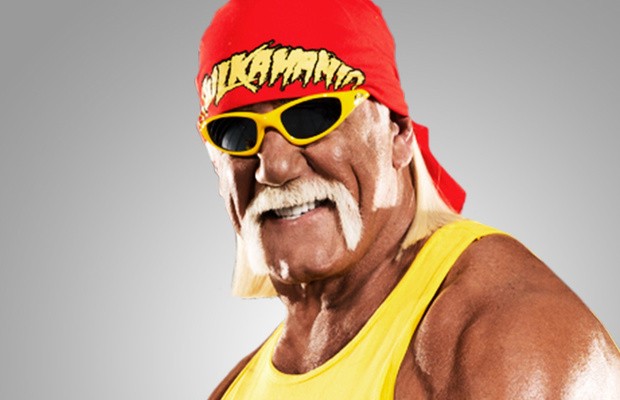
Is there a star more synonymous with the world of professional wrestling than Hulk Hogan? The premiere figure in WWE’s rise from a regional New York-based wrestling promotion to worldwide entertainment juggernaut in the raging 1980s, this larger-than-life icon set the standard for what a professional wrestler should be. “The Hulkster” packed 93,173 fans into the Pontiac Silverdome, won the WWE Championships on six occasions, starred in television shows, films and his own animated series (remember Hulk Hogan’s Rock ‘n’ Wrestling?) and became a hero to an immense legion of fans called Hulkamaniacs.
Clad from head to toe in fire engine red and canary yellow, “The Hulkster” initially established his unwavering love of the the good ole USA when he barged his way through the dastardly Iron Sheik to capture the WWE Championship for the first time 1984. This “Real American” immediately became a household name, headlining the first WrestleMania while brushing his 24-inch pythons against celebrities like Billy Crystal, Mr. T and Cyndi Lauper on Saturday Night Live and MTV. The legions of Hulkamaniacs knew no bounds as legendary artist Andy Warhol showed up at his bouts and children all across the country listened attentively while their idol told them to “train, say their prayers and eat their vitamins.”
“The Hulkster”‘s overwhelming presence had a way of making angles seem more meaningful. His greatest opponents—Ultimate Warrior, “Rowdy” Roddy Piper and King Kong Bundy—became more noteworthy parts of professional wrestling history when they stepped inside the squared circle to face Hogan. “The Immortal One”‘s greatest matches read like a shortlist of defining moments in the illustrious history of WWE. Who could ever forget his iconic encounter with The Rock at WrestleMania X8, his showdown with Randy Savage at WrestleMania V or his collision with the colossal Andre the Giant at WrestleMania III?
And Hogan was nothing if not smart. Jumping ship to the Ted Turner-owned World Championship Wrestling in the mid-90s, he turned heel when he sensed fans had gotten tired of his “American Made” persona. As the mastermind of the nWo, Hogan reinvented himself as a cowardly villain and took WCW to the top of the professional wrestling industry.
Eventually, the New World Order ran its course and fans became nostalgic for the Hulk Hogan they grew up with. That Hogan returned to WWE in 2002 in all of his yellow and red glory to ask a new slate of competitors that question: “Whatcha gonna do when Hulkamania runs wild on you?” This exciting rumble down memory lane brought “The Immortal One” his sixth and final WWE Championship, induction into the WWE Hall of Fame and evidence that WWE wouldn’t be the same without “The Hulkster.”
To the excitement of Hulkamaniacs all across the globe, Hogan returned to WWE in 2014 as he hosted WrestleMania 30 and celebrating his 61st birthday live on Monday Night Raw. Now that he’s back where he belongs, what else will “The Hulkster” have in store for WWE fans?
An Early Taste Of Mainstream Popularity
In 1978, Hulk Hogan debuted in the World Wide Wrestling Federation managed by “Classy” Freddie Blassie. Despite his questionable ways, he connected with the crowd at the 1980 Showdown At Shea when he met Andre the Giant in a wild bout. Against the wishes of Vince J. McMahon, Hogan left the company and appeared in Rocky III as “Thunderlips.”
Hulk drifted to the American Wrestling Association (AWA) and though he resumed his rule-breaking ways, he quickly became a top contender to the AWA Championship. Hulk also traveled to Japan and defeated puroresu legend Antonio Inoki to become the first-ever IWGP Heavyweight Champion.
Hulkamania Runs Wild
Hulk Hogan returned to the World Wrestling Federation (WWF) in January 1984 and aided Bob Backlund against The Wild Samoans and Lou Albano. With the fans now behind him, Hulk was ready to catapult to the top of the ladder. Later that month, he replaced an injured Backlund and defeated The Iron Sheik for the WWF Championship. That night, dubbed “Super Monday,” saw the birth of the most powerful force in the universe. Commentator Gorilla Monsoon perfectly proclaimed, “Hulkamania is here!”
The Hulkster became the voice of an entire generation, Hogan professed the importance of truth, training, saying your prayers and eating your vitamins. By 1985, Hulk was splashed all over the mainstream media as he appeared on the A-Team and hosted Saturday Night Live.
The company’s licensing and merchandise took the world by storm, spearheaded by the red and yellow of Hulkamania. The Hulkster had his own books, action figures, clothing line, workout set, vitamin pack and an animated series titled Hulk Hogan’s Rock ‘n’ Wrestling.
His success didn’t sit well with “Rowdy” Roddy Piper. In the main event of the first WrestleMania, Hogan and his partner, Mr. T, had Jimmy Snuka in their corner, while Piper had Paul Orndorff as his partner and “Cowboy” Bob Orton in their corner. Boxing legend Muhammad Ali was brought in as the special guest referee. The event was such a success that Hogan graced the cover of the April 29, 1986 issue of Sports Illustrated.
During a 1986 episode of Saturday Night’s Main Event, Hogan became the victim of a three-man attack by Don Muraco, Bobby “The Brain” Heenan and King Kong Bundy. Despite missing more than a month with broken ribs, and ignoring doctor’s orders, Hogan defeated Bundy in a Steel Cage Match at WrestleMania 2.
WrestleMania III and a Million Dollar Threat
A giant threat to Hulk Hogan’s career came from an unexpected source. Andre the Giant appeared on Piper’s Pit with Bobby “The Brain” Heenan and challenged Hogan to a match for the WWF Championship at WrestleMania III. Over 93,000 fans were on hand as two of the world’s most recognizable figures stood in the center of the ring. During the match, Hogan did the unthinkable and hoisted the 500-pound Andre the Giant and bodyslammed him. After Hogan’s victory, which ended Andre’s fifteen year undefeated streak, Hulkamaniacs all over the world rose to their feet in triumph.
In 1988, Hogan rejected the offers from “The Million Dollar Man” Ted DiBiase to purchase the title, so DiBiase allied with Andre and Heenan. They plotted to dethrone “The Hulkster” during a nationally televised episode of The Main Event through subterfuge. With the plot uncovered, WWF President Jack Tunney declared the title vacant and that a new champion would be crowned in a tournament at WrestleMania IV. The quarterfinals match between Hogan and Andre ended in a double disqualification, so neither man was eligible to win the tournament.
The Rise and Fall of The Mega Powers
In the tournament finals, Hulk Hogan aided former foe, Randy “Macho Man” Savage against “The Million Dollar Man” Ted DiBiase. The two WWF Superstars became inseparable and soon Hulkamania and “Macho Madness” merged into the Mega Powers. Over the summer The Mega Powers battled against Andre the Giant and DiBiase, leading to clashes at the main event of the first SummerSlam and the 1988 Survivor Series.
Unfortunately, during The Main Event a series of misunderstandings between Hogan and Savage led to Savage slapping Hogan. After the match, the disagreement escalated and the “Macho Man” blindsided Hogan. His former partner ignited the fuse that would lead to a colossal explosion at WrestleMania V where Hogan reclaimed the WWF Championship.
No Holds Barred
On June 2, 1989, the movie No Holds Barred opened and Hulk Hogan was the main attraction. The success of the picture led to a dispute with co-star Zeus. After a series of attacks on the WWF Champion, “The Hulkster” and Brutus “The Barber” Beefcake defeated Zeus and “Macho Man” Randy Savage at SummerSlam.
In the next decade, Hogan continued to star in feature films and commercials. After “The Hulkster” defeated Savage on The Main Event with special guest referee Buster Douglas, he moved on to other title contenders. At the 1990 Royal Rumble, fate brought the two largest personas in the World Wrestling Federation nose-to-nose in the middle of the ring. The even exchange between Hogan and Ultimate Warrior had everyone on their feet. Even after the WWF Champion won his first Royal Rumble, the question remained if the two Superstars met, who would win? The WWF answered the call and signed a Title vs. Title Match at WrestleMania VI.
Even though Hogan lost the WWF Championship to Ultimate Warrior that night, he exited with the grace of a true champion. He even joined Ultimate Warrior in victory at the 1990 Survivor Series, and in the “Match Made in Hell” at the 1991 SummerSlam. Hogan went on to hold the WWF Championship three more times, and win a second Royal Rumble before leaving the World Wrestling Federation to concentrate on raising his family and a movie career.

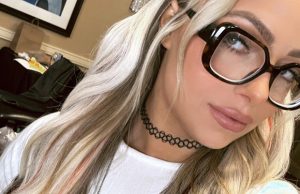
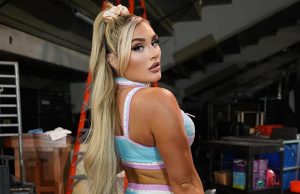

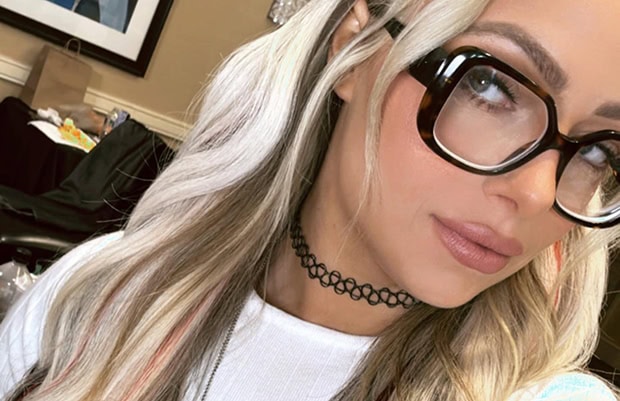




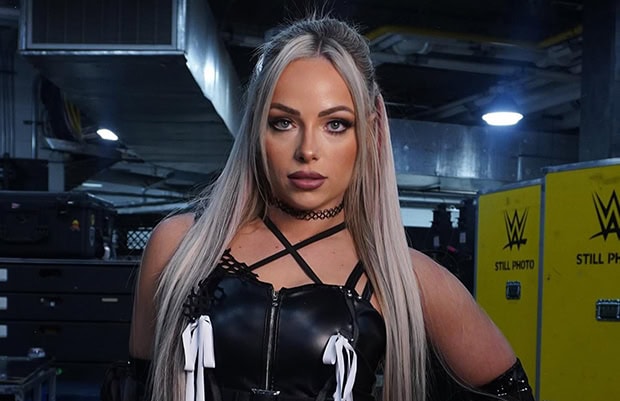
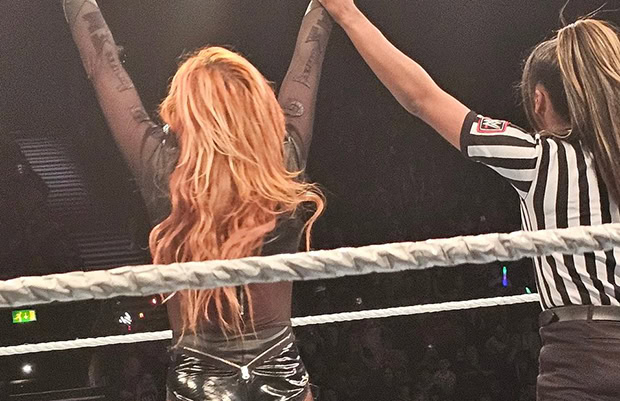
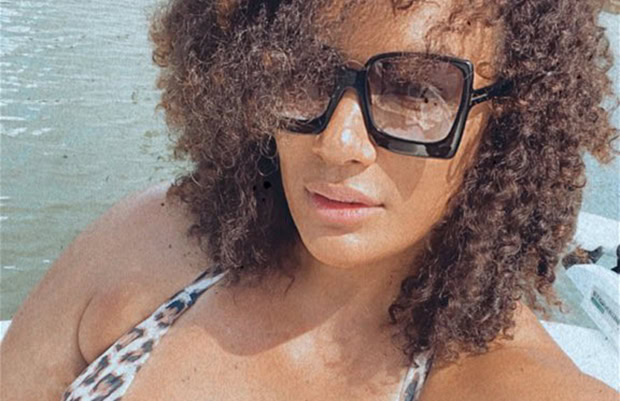
0 comments